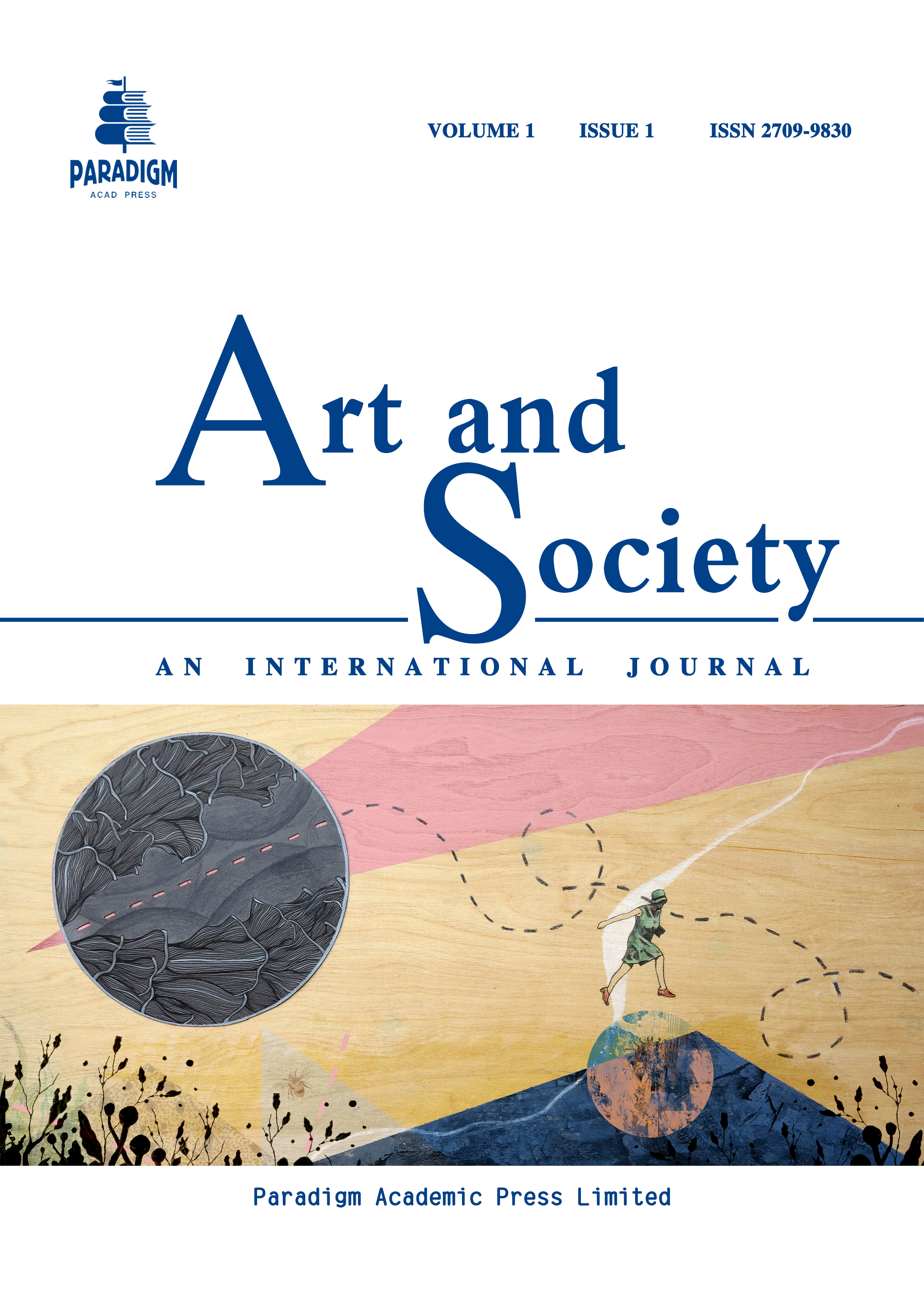Polyethylene Terephthalate (PET): An Overview on Production, Consumption, and Recycling
DOI:
https://doi.org/10.63593/AS.2709-9830.2025.07.004Keywords:
Polyethylene terephthalate, PET waste, pollution, recyclingAbstract
Polyethylene Terephthalate (PET) is a dimensionally stable thermoplastic with excellent machining characteristics that is transparent, lightweight, high tensile strength, semi-crystalline, virtually shatterproof, gas barrier, and solvent resistant. It is generally considered as inert and safe plastic, and highly recyclable. It is produced by the polymerization of ethylene glycol (EG) and terephthalic acid (TPA) or dimethyl terephthalate (DMT) during a polycondensation reaction. At present it is the most generally used thermoplastic polymer in the world. It is widely used as a packaging material in the food and beverage industries. It is also used to make fibers, pharmaceuticals, and make-up. With its lightweight, durable, and versatile properties, it has become an essential substance in the modern society. This paper tries to review the management of PET plastic waste with efficient recycling.


